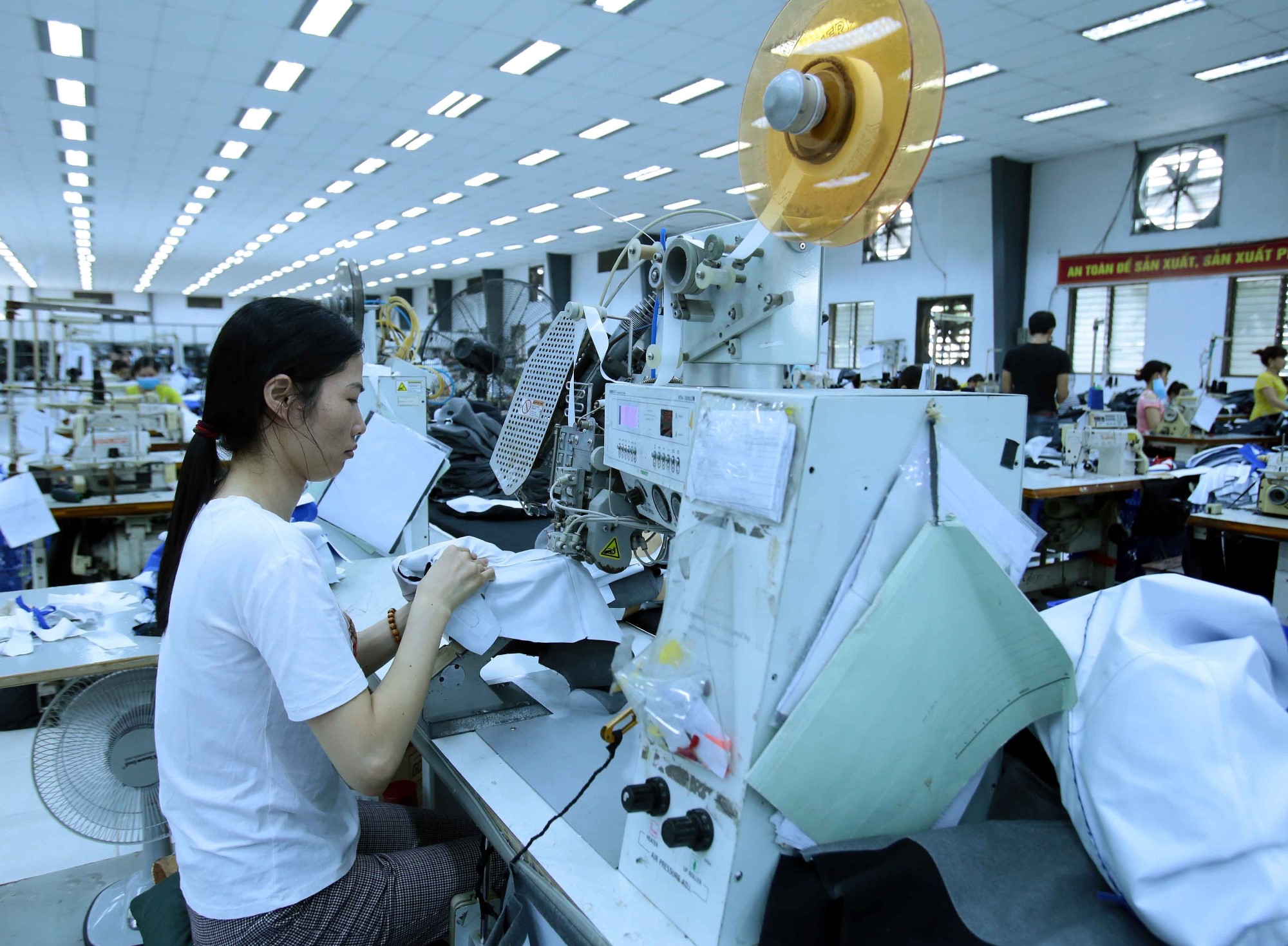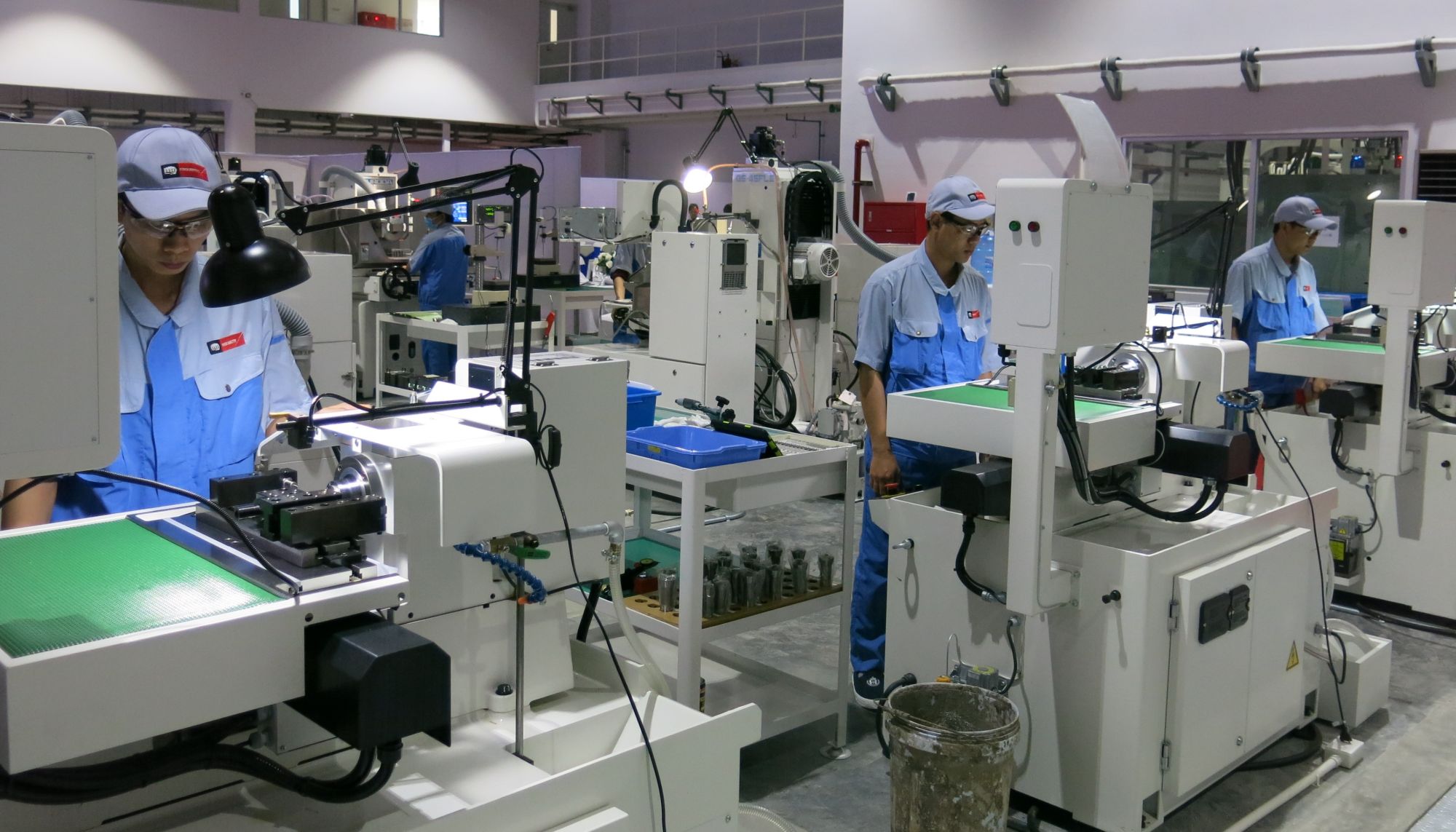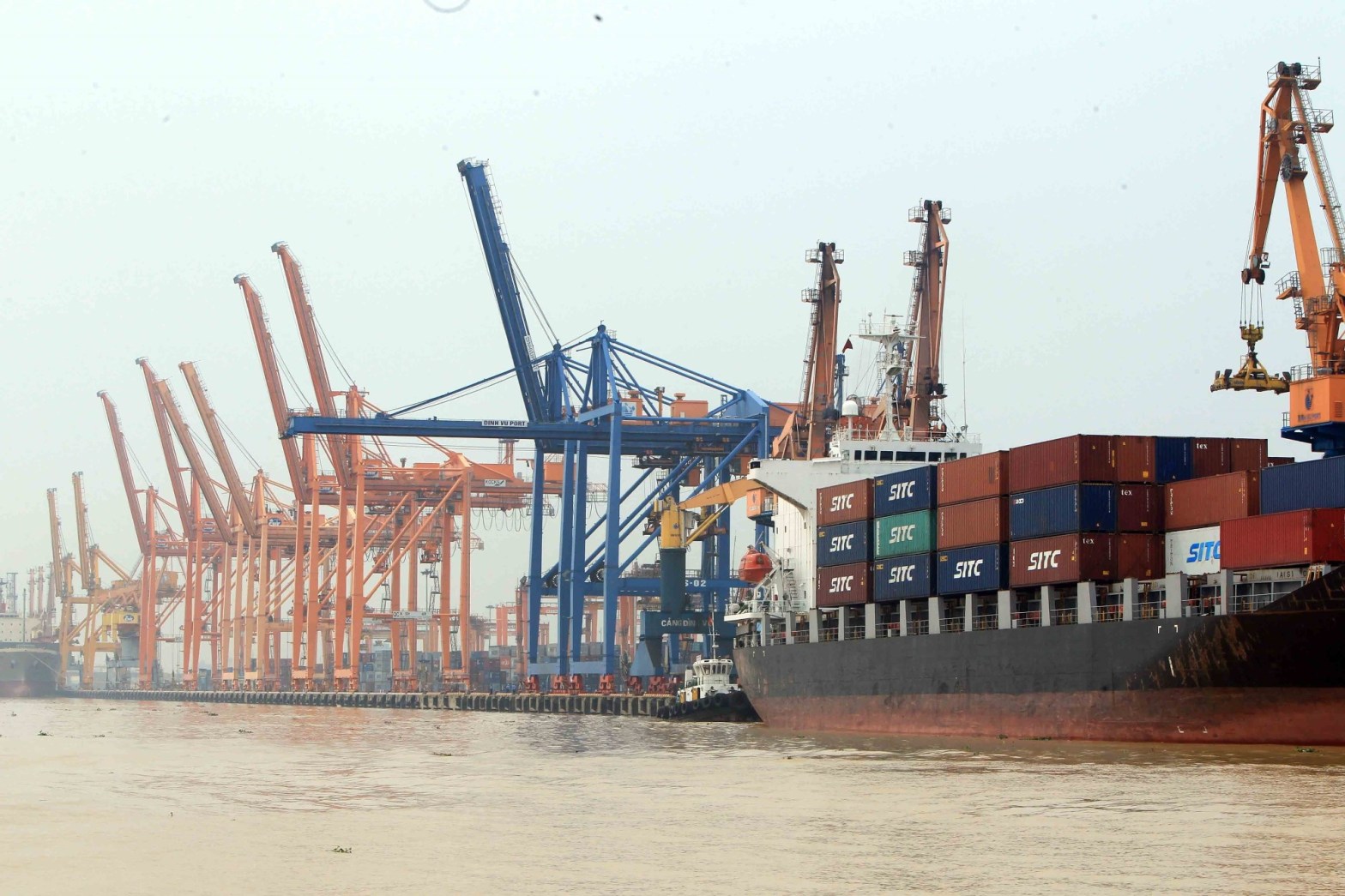The 14th National Assembly ratified the Comprehensive and Progressive Agreement for Trans-Pacific Partnership (CPTPP) on November 12.
Experts said the CPTPP would help Vietnam’s GDP and exports increase by 1.32 and 4.04 percent, respectively, by 2035. In addition, commitments in the CPTPP on services and investment will improve the investment environment and institutions, creating a positive impact, generating more job opportunities, increasing incomes, and contributing to poverty reduction. However, the impact is not to be taken for granted.
The Vietnam Plus e-newspaper was granted an interview with Nguyen Thi Thu Trang, Director of Centre for WTO and Economic Integration under the Vietnam Chamber of Commerce and Industry (VCCI), to discuss the deal. Following is the full text.
MAJOR SHOCK UNLIKELY
Reporter: Participating in the CPTPP, what challenges could Vietnam face in the “house with too many doors”?
Nguyen Thi Thu Trang: With 10 free trade agreements (FTAs) having already been signed, the freshly inked CPTPP, and the upcoming Vietnam-Europe Trade Agreement (EVFTA), Vietnam is among those economies committed to many FTAs with the world. There are concerns that with its low development background, the Vietnamese economy and businesses may fail to weather the challenges in the deep integration, which may backfire on the country.

I assume that opening its doors to CPTPP partners who are financially strong (in the context that Vietnam has opened its doors to more than 20 other potential partners) will cause many big challenges for domestic enterprises with competitive pressures.
In addition, committing to so many of the CPTPP’s cross-border rules of highest and most rigorous standards, while Vietnam’s legal framework and business environment remains limited, will be a significant challenge for both the State and businesses in the implementation process.
However, perhaps the term “a multi-door house” is not necessarily an appropriate comparison with the current integration situation.
I would think our “house” has only one open door, but with priority given to several guests in a win-win manner.
“I would think our ‘house’ has only one open door, but with priority given to several guests in a win-win manner.”
Vietnam has already opened its door to seven out of the 10 CPTPP guests through other existing FTAs. The three new partners are Canada, Mexico and Peru who do not have much direct competition for goods and services with Vietnam and, therefore, do not create a too big shock for domestic enterprises domestically.
Previously, Vietnam opened its doors to larger and more competitive partners, such as ASEAN countries, China, the Republic of Korea, and Japan. However, over the past few years, domestic businesses have adapted to survive and grow with the increasing competition. Therefore, I fully believe that domestic businesses and the economy will not face a shock or a backfire amid the competition from the CPTPP.
However, from the perspectives of legal institutions, it can be said that the CPTPP has many high-standard commitments, requiring Vietnam to make significant changes.
The WTO’s basic foundation will stay the same and is not negated or changed by the CPTPP. Therefore, it is not impossible for us to try our hand in some other aspects. That is not to mention the fact that many of the commitments in the CPTPP are completely in line with Vietnam’s reform orientation.

OPPORTUNITY TO BE FOUND AMONG CHALLENGES
Reporter: Which industries do you think will benefit or face competition from the CPTPP member partners?
Nguyen Thi Thu Trang: The World Bank’s report in March showed that Vietnam’s food, beverage, garment, leather, and footwear industries are expected to see significant production growth thanks to the CPTPP.
In addition to the above-mentioned industries, the spheres of chemicals, leather and plastic products, transport vehicles, and machinery and equipment, among others, will also see significant increases in exports under the impact of the agreement.
However, agriculture, and mining and metal processing industries are expected to fall both in production and export.
It is undeniable that domestic businesses have adapted very well and made quick adjustments to exist in a more competitive environment. The legal system for business and business institutions has also witnessed an unprecedented major revision.
Although agriculture is considered to be adversely affected by this agreement, not all sectors will be hurt. With its advantages in tropical agricultural products, Vietnam’s fruit and vegetable exports will see opportunities in the CPTPP. However, the livestock industry is expected to face challenges caused by strong CPTPP competitors.

However, I would like to emphasise that this assessment is based on a number of certain assumptions, while the situation can be very different in practice. No industry is guaranteed to benefit from or be hurt by the CPTPP. Those who can take advantage of the opportunities and make reasonable investments can fully expect profits.
Take tariff preferences as an example. Apart from a few sensitive goods under preferential quotas, for most of the cases, whatever goods that meet the CPTPP rules of origin certification will be eligible. This means the preferences are equal for all.
Reporter: Vietnamese enterprises are mainly small- and medium-scale, operating in the domestic market. Once the CPTPP is officially comes into effect, what will happen when the lessons from the WTO participation remain valid?
Nguyen Thi Thu Trang: The CPTPP coming into effect for Vietnam means that the economy will have to open its door under commitments to partners and play according to the rules of the agreement.
There are two groups of challenges; either, more complicated and higher competition in the domestic market; or stricter requirements and conditions related to business operations and higher costs.
As the country join the WTO and the 10 FTAs, domestic enterprises have also faced similar challenges. We have seen some regrets looking back over the past 10 years.

It is undeniable that domestic businesses have adapted very well and made quick adjustments to exist in a more competitive environment. The legal system on business and business institutions has also witnessed an unprecedented major revision. However, most of the domestic businesses so far have only been able to adapt to survive, and are yet to take full advantage of the WTO.
Laws have been revised, especially in the root legal documents, yet many inconsistencies remain in the implementation of the documents, particularly at relevant agencies.
With the 10 already signed FTAs, after many years of implementation, the average rate of utilisation of tariff preferences reached only 30 percent. In other words, more than half of the tariff opportunities have been wasted in the past.
Besides objective or frequent causes such as the general economic situation, supply-demand balance, or limited capital, there are many subjective causes of this situation. For example, enterprises were not informed about opportunities from commitments, others knew about them but took no action to seize them, or they did but not effectively enough due to problems in the process.

I think they all serve as valuable lessons for both businesses and authorities in implementing the CPTPP.
Businesses need to actively explore related CPTPP commitments, evaluate its challenges and opportunities, develop a plan to cope with and take advantage of them, and invest in that action plan. It’s a must. No one can do that for them.
Meanwhile, the State needs to fully and effectively transform the commitments into its legal framework, ensure transparent and favourable implementation of those commitments, reform administrative procedures, and better the business environment for enterprises to make the best use of opportunities.
FOREIGN INVESTMENT ATTRACTION
Reporter: What do you think about the resources and preparation of other members in the CPTPP up to this point?
Nguyen Thi Thu Trang: I do not have full information about how prepared the partner countries are. However, most of the six countries who have ratified the agreement have made reports on the impact of the CPTPP on different aspects of their economies.
Some countries have reported on their resources and options to compensate for possible losses due to tariff commitments in the agreement. Many have established their own portals that provide information, explanations, and summaries of the commitments in the agreement to help their businesses.
The question is whether authorised agencies, particularly in investment localities that are capable enough to review and detect inefficient projects, are dedicated enough to say no to inappropriate projects.
Reporter: With the CPTPP, will Vietnam become a processing workshop with the transfer of large-scale out-of-date technology from neighbouring countries who are seeking opportunities to export their products to other CPTPP members?
Nguyen Thi Thu Trang: It’s likely that foreign businesses will invest in Vietnam to take advantage of the CPTPP. Vietnam is calling for foreign investment to create jobs and incomes for the people, as well as to contribute to the State budget and national economic development. Foreign investment attraction buoyed by the CPTPP is one of the expectations.
As for the transfer of old technology from abroad into Vietnam, it is a real risk. However, authorities have tools to cope with such risks, by making sector development plans, screening mechanisms, and investment controls to prevent wasteful projects.

The question is whether authorities, particularly in investment localities, are capable enough to review and detect inefficient projects, and dedicated enough to say no to inappropriate projects.
With the CPTPP, the risk of wasteful FDI projects may become bigger than before. This requires Vietnamese authorities to be more accountable and able to prevent the risk. This is probably the only way to deal with the situation.
Reporter: Thank you!
The Comprehensive Progressive Agreement for Trans-Pacific Partnership (CPTPP) consists of seven articles and one annex, regulates the relationship with the Trans-Pacific Partnership (TPP) signed by 12 countries on February 6, 2016, in New Zealand, as well as deals with other issues related to validity, withdrawal or access to the CPTPP.
The CPTPP keeps the TPP contents unchanged but allows member countries to suspend 20 groups of obligations (including 11 obligations related to the Intellectual Property Chapter; two to the Government Procurement Chapter; and seven to the chapters on Customs Management and Trade Facilitation, Investment, Cross-border Trade in Services, Financial Services, Telecommunications, Environment, and Transparency and Anti-Corruption) to ensure the balance of members’ rights and obligations in the context of the US withdrawal from the original TPP Agreement./.

